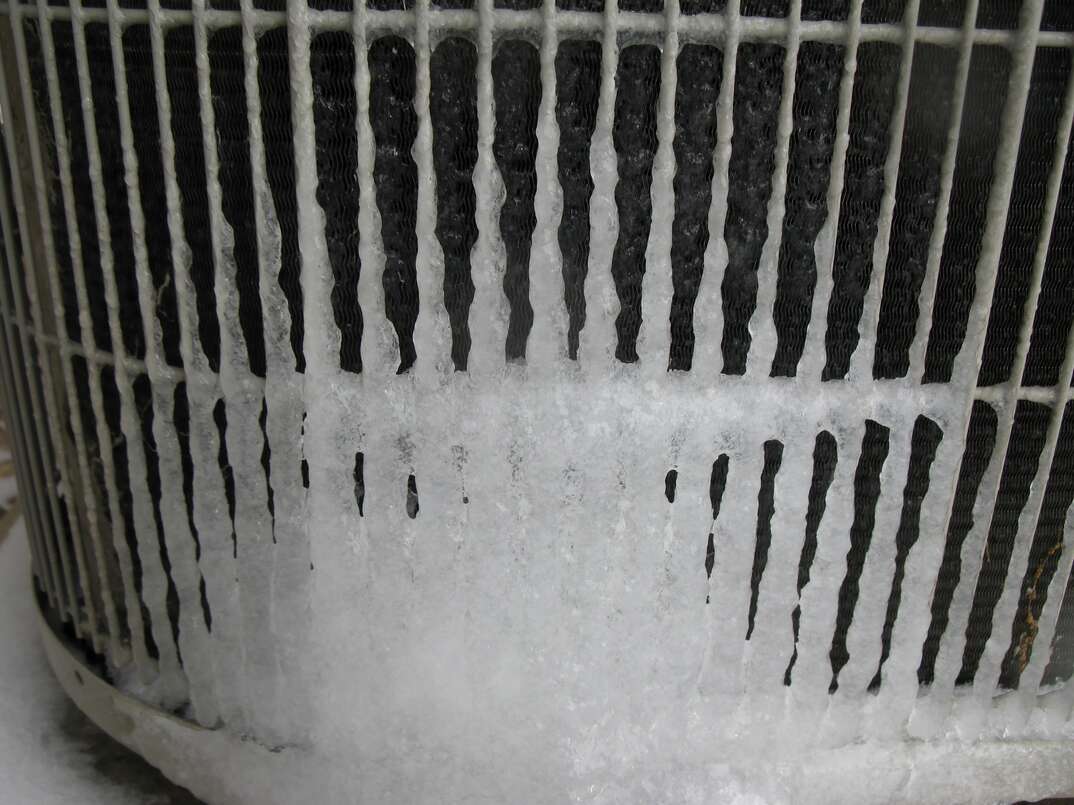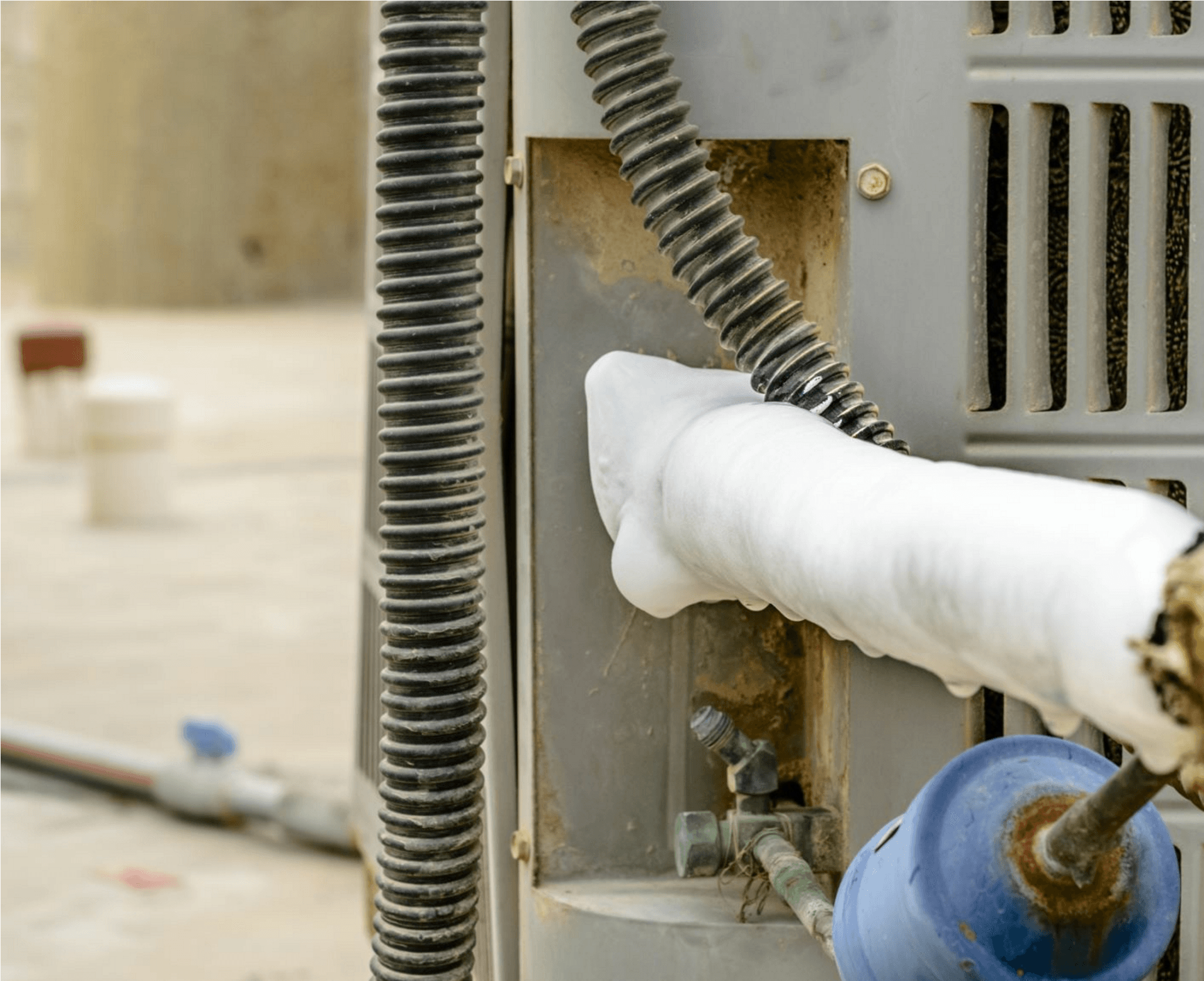Tips for Thawing a Frozen AC Pipe - Restoring Normal Functionality
Tips for Thawing a Frozen AC Pipe - Restoring Normal Functionality
Blog Article
Just how do you actually feel about How can I fix an air conditioner’s frozen pipe??

Intro
Finding that your air conditioner pipeline is frozen can be worrying, particularly during warm summer months when you depend on your ac unit the most. Understanding what to do in such a circumstance is important to prevent further damages to your cooling system and ensure your comfort inside.
Recognizing the Causes
Numerous aspects can contribute to the freezing of an air conditioning pipeline. Recognizing these causes can aid you resolve the concern successfully.
Lack of Airflow
One usual root cause of a frozen AC pipeline is inadequate air movement. When the air movement over the evaporator coil is limited, it can trigger the coil to drop below freezing temperature level, leading to ice development on the pipeline.
Low Refrigerant Levels
Not enough refrigerant levels in your a/c system can additionally cause an icy pipe. Reduced cooling agent degrees can trigger the stress in the system to go down, resulting in the cold of wetness on the evaporator coil.
Cold Weather Conditions
In chillier climates, freezing temperatures outside can contribute to the freezing of air conditioning pipelines. If your AC device is not effectively shielded or if there are leaks in the ductwork, cold air can penetrate the system, triggering the pipeline to ice up.
Dirty Air Filters
Unclean or stopped up air filters can limit airflow in your air conditioner system, leading to different issues, consisting of an icy pipeline. It's necessary to change or cleanse your air filterings system routinely to ensure appropriate air movement and stop ice accumulation.
Indications of a Frozen Air Conditioner Pipe
Acknowledging the indicators of an icy air conditioner pipeline is vital for prompt action.
Decreased Airflow
If you discover a significant reduction in air movement from your vents, it can indicate an icy pipeline.
Ice Buildup on the Pipe
Noticeable ice accumulation on the refrigerant line or the evaporator coil is a clear indicator of a frozen AC pipe.
Weird Sounds from the Unit
Unusual noises, such as hissing or gurgling, originating from your air conditioning system can signal that there's ice existing on the pipeline.
Immediate Actions to Take
When faced with a frozen a/c pipe, it's important to act quickly to prevent additional damage to your cooling system.
Turning off the AC
The primary step is to shut off your ac unit to prevent the system from running and intensifying the problem.
Looking for Blockages
Check the location around the interior device for any kind of obstructions that may be blocking air flow, such as furnishings or drapes.
Thawing the Pipe
You can utilize gentle methods like positioning towels taken in warm water around the icy pipeline to help thaw it gradually.
Preventive Measures
Taking safety nets can help prevent future incidents of an icy air conditioning pipeline.
Regular Maintenance Checks
Set up normal maintenance contact a specialist HVAC technician to make sure that your a/c system is running successfully.
Altering Air Filters
Consistently change or cleanse your air filters to stop airflow constraints and keep optimum performance.
Insulating Exposed Pipes
If your a/c pipes are revealed to cool temperature levels, think about insulating them to avoid freezing throughout winter months.
Looking For Professional Help
If DIY techniques fall short to deal with the issue or if you're not sure about just how to proceed, it's finest to look for help from a qualified HVAC specialist.
When DIY Methods Fail
If your attempts to thaw the pipe or address other concerns are not successful, it's time to call a professional.
Value of Hiring a Professional HVAC Technician
A certified HVAC specialist has the experience and devices required to diagnose and repair issues with your air conditioning system securely and successfully.
Final thought
Handling a frozen air conditioner pipeline can be an irritating experience, yet understanding how to react can aid minimize damages and bring back comfort to your home. By recognizing the causes, recognizing the indicators, and taking timely activity, you can effectively resolve the problem and protect against future incidents.
What to Do If Your AC Line Is Frozen
Make Sure All Supply and Return Air Vents Are Open
If you notice problems with airflow, the first thing you should do is check your supply and return vents. Supply vents distribute clean, conditioned air throughout your home. As this air becomes stale, it’s pulled into the return vent, where it’s reconditioned before being sent back out through the supply vent.
When these vents are closed, air won’t flow in the home. Before examining your AC, check the vents in every room and ensure they’re all open.
Check for a Dirty Air Filter
Another possible cause of limited airflow is a dirty air filter. Your air conditioner’s filters catch elements you don’t want to breathe in, such as dirt and dust. Over time, filters can become clogged, ultimately blocking air from flowing in and out. The lack of airflow can then cause the entire coil to freeze and will completely restrict any air from moving through it. The AC may need to be powered off for one to two days to allow the coil to thaw after replacing the filter to allow proper functioning of the unit. This debris can also accumulate on your AC’s evaporator coil, requiring a more serious repair. In general, air filters should be cleaned regularly (about every two weeks).
Assess Your Outdoor Unit
In addition to checking your AC, assessing the outdoor unit is a good idea. Also known as the condensing unit, it works with your interior unit to release heat outside. An issue with the outdoor unit can result in rising internal temperatures.
Overgrown Shrubs or Clogged Leaves
From leaves and twigs to shrubs and debris, there’s no shortage of outdoor elements that can accumulate around your condensing unit. When these elements get lodged inside the unit, they can block airflow. Fortunately, removing the blockage can solve the problem.
Sounds of a Broken Fan
Shrubs and leaves aren’t the only things that can impede your outdoor unit’s airflow. If the fan is broken, the unit won’t be able to properly get rid of heat — which means the internal temperature won’t go down. First, make sure the fan is spinning. If it is, check for the following sounds of a broken fan:
Buzzing Rattling Screeching Hissing Clicking Preventative Measures
Nobody wants to deal with a frozen AC line. In addition to causing problems with your air conditioner, they require professional repairs. On the bright side, there are preventative measures you can take to help ensure this issue doesn’t arise in the first place.
https://www.coopergreenteam.com/blog/what-to-do-if-ac-line-frozen

Hopefully you enjoyed our piece on What Do I Do If My AC Pipe Is Frozen. Thanks for taking a few minutes to read through our piece of content. Sharing is good. One never knows, you could be helping someone out. I thank you for reading our article about Have a Frozen AC Line? Here’s How to Fix It.
Call Today Report this page